Visa-free, focus on safety
According to data released by the Singapore Tourism Board last week, more than 327,000 Chinese people visited Singapore in February, about 96% of the same period in 2019. Data from Cirium shows that this number is expected to increase in the coming months, with the number of scheduled departures in the first quarter already at 101% of 2019 levels, according to SCMP .
Singapore’s recovery in Chinese visitors has outpaced that of its neighboring markets. For example, Chinese arrivals to Thailand were at about 63% of pre-pandemic levels in February; Indonesia was at about 48% in the most recent quarter; and Vietnam was at half the level in the first two months of this year compared to 2019. In Europe, Chinese arrivals are expected to be about 40% lower than in 2019, while the US National Travel and Tourism Office forecasts total arrivals to be about 73% of pre-Covid-19 levels by 2024, partly due to geopolitical tensions.
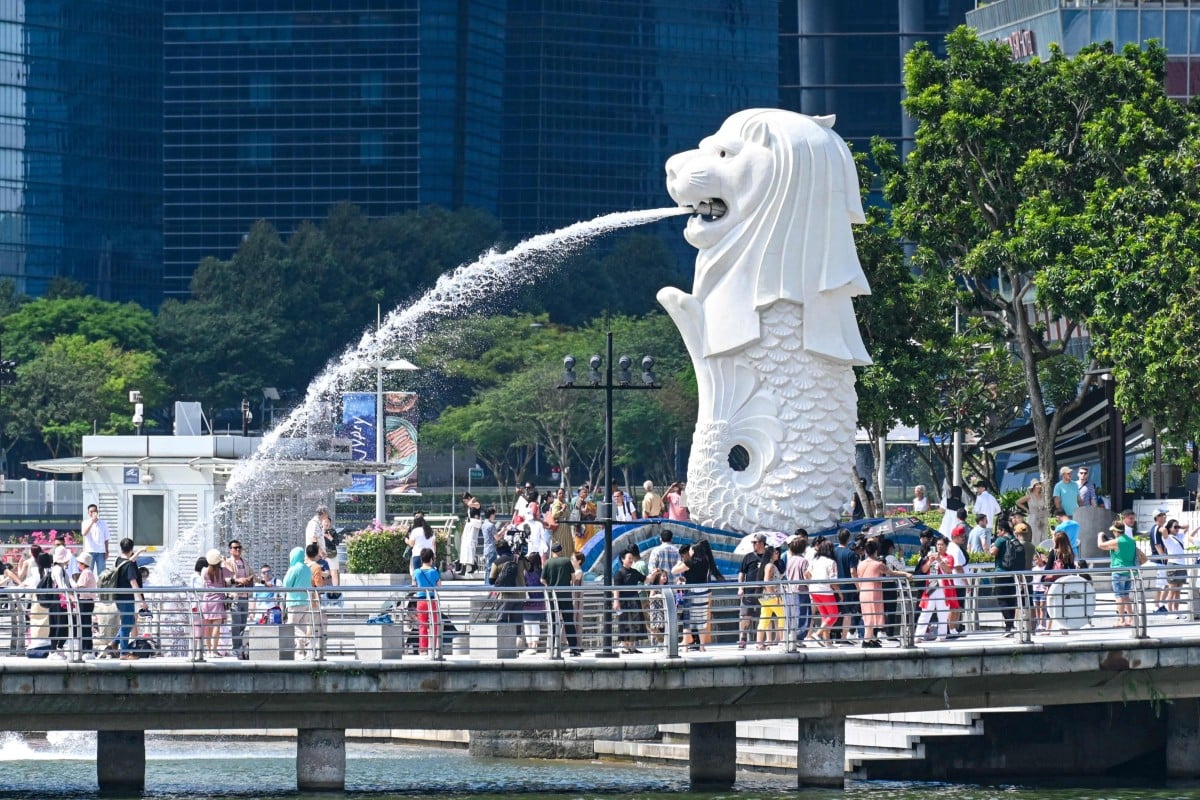
Crowds of tourists gather to take photos at the Merlion statue
Singapore’s decision to waive visa requirements for visitors from China, focus on safety and promote unique cultural and entertainment events has helped the country benefit as the world’s second-most populous country reopens after years of strict pandemic controls. The moves come during the Lunar New Year holiday, when many visitors flock to visit family and friends who have moved to the city in recent years.
For Ms Zhuo, a native of Xiamen who was visiting her daughter and 10-year-old grandson, ease was part of Singapore’s appeal. She said the city where her family moved a year ago was much more accessible than other countries where more than 70% of residents are ethnic Chinese.
“Sometimes it feels like I'm in China. I can speak both Mandarin and Hokkien,” she said.
Chinese tourists are also spending more, despite a sluggish domestic economy and weak consumer sentiment. Data from Trip.com shows that the average cost per trip to Singapore for items such as flights and hotels has increased by 30% compared to a year ago.
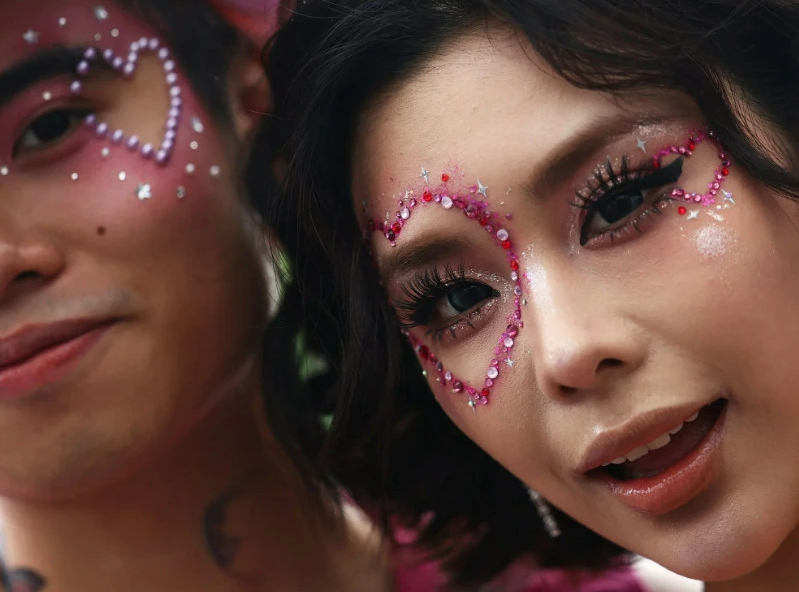
Vietnamese tourist takes photo with Chinese friend at Taylor Swift show
Edmund Ong, General Manager of Trip.com Singapore commented: "This is a good sign showing the growing interest of Chinese tourists in visiting Singapore after the implementation of the mutual visa exemption policy. Not only has the number of visitors increased, but the average spending per visitor has also increased."
Benefit from Taylor Swift
Yu Peixin, a 20-year-old student at the University of Science and Technology of Shanghai, flew to Singapore to see Taylor Swift’s final concert in Asia. She spent more than 4,000 yuan ($556) on her flight, double the usual price. “It was all worth it,” she said.
Tourists like Yu show that the government's exclusive deal with the concert promoter has paid off. Swift's popularity and the lack of shows elsewhere have drawn a flood of foreign visitors, prompting economists to raise their forecasts for the country's economic performance.
Both Yu and Zhuo take daily direct flights from their home cities. China's economic woes and higher airfares have not deterred demand for travel to Singapore.
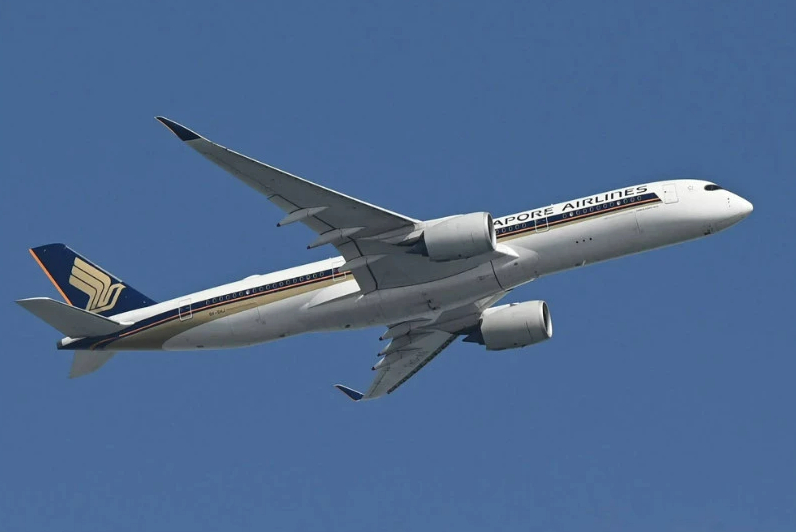
More flights connecting Singapore to China
While flights to most of the world from China have been disrupted by Covid and have largely not resumed, China and Singapore remain well connected. Seat capacity between the two countries is expected to recover to 101% of 2019 levels in the first quarter of this year, leading to a recovery in China’s key outbound tourism markets.
The advantage of the Singapore-China market is that it is quite diverse. In addition to work and tourism, many people also visit family, said Lim Ching Kiat, executive vice president of the Center for Aviation and Cargo Development at Changi Airport.
Singapore has emerged as a top destination for Chinese tourists while its main regional competitor Thailand has suffered a reputational blow after recent safety incidents.
Source link



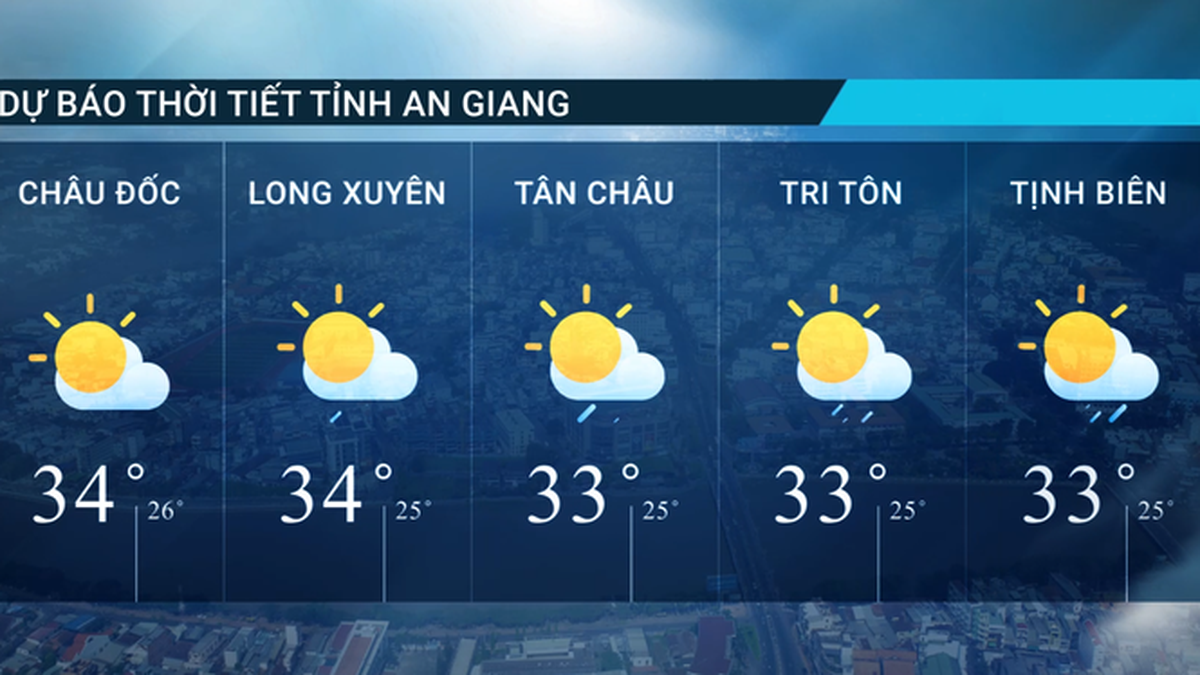




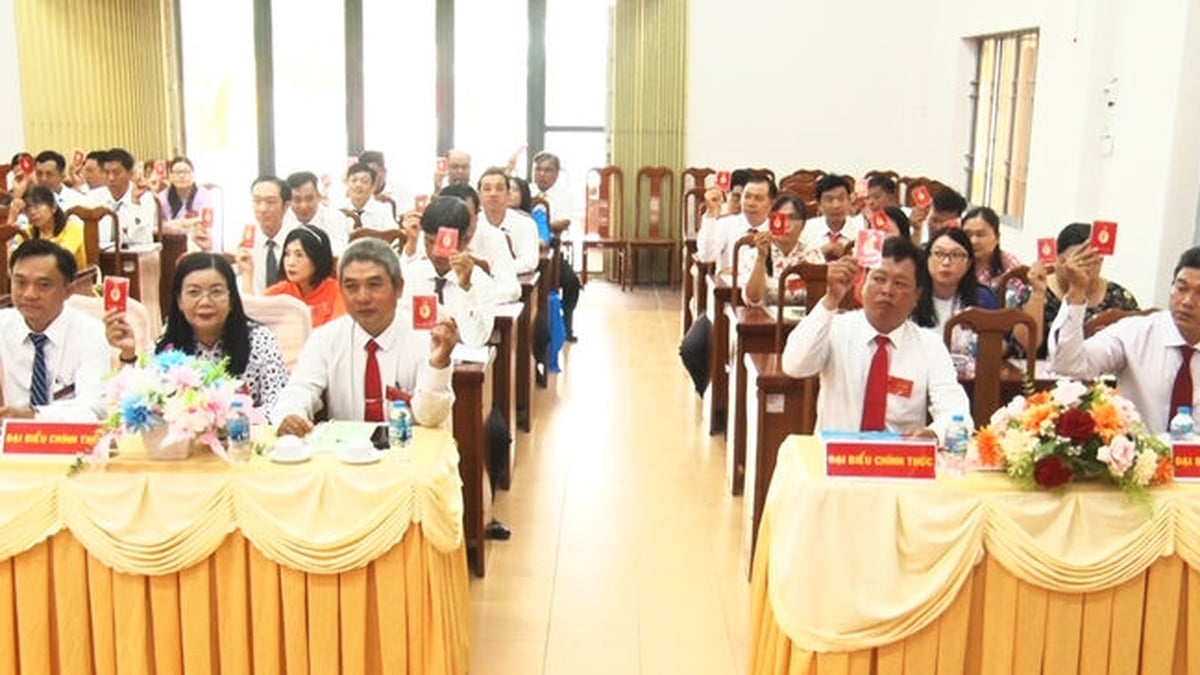






















































































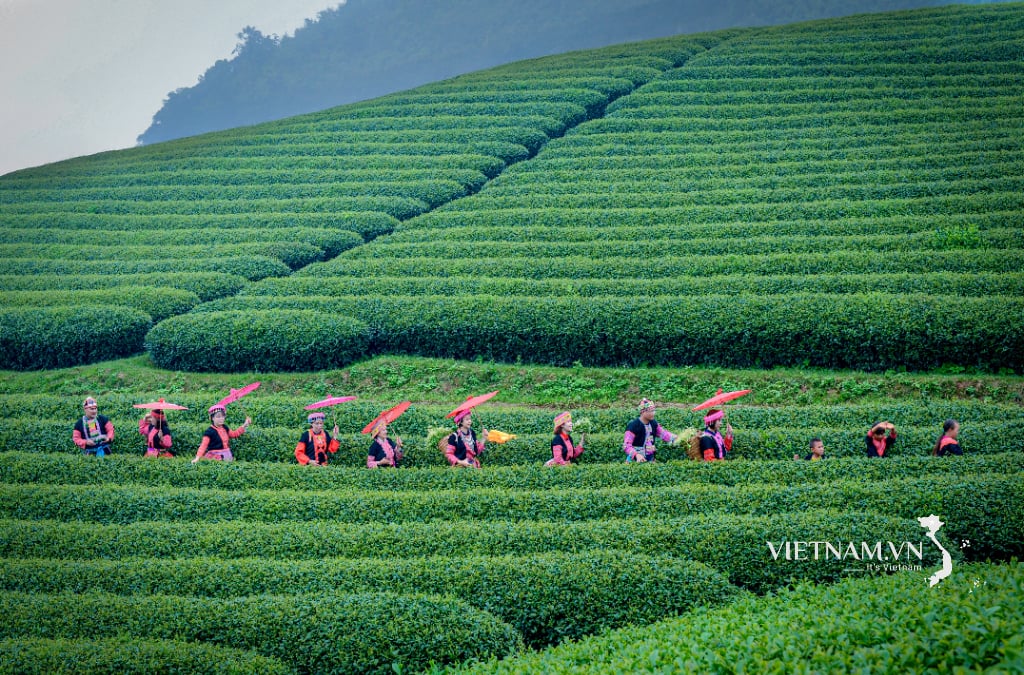
Comment (0)